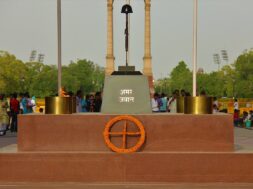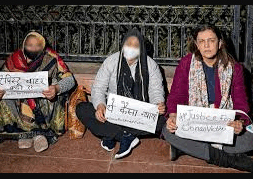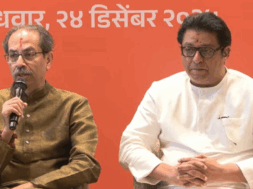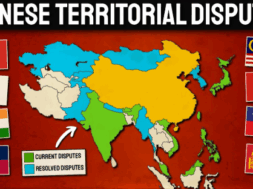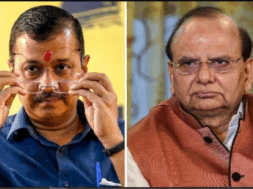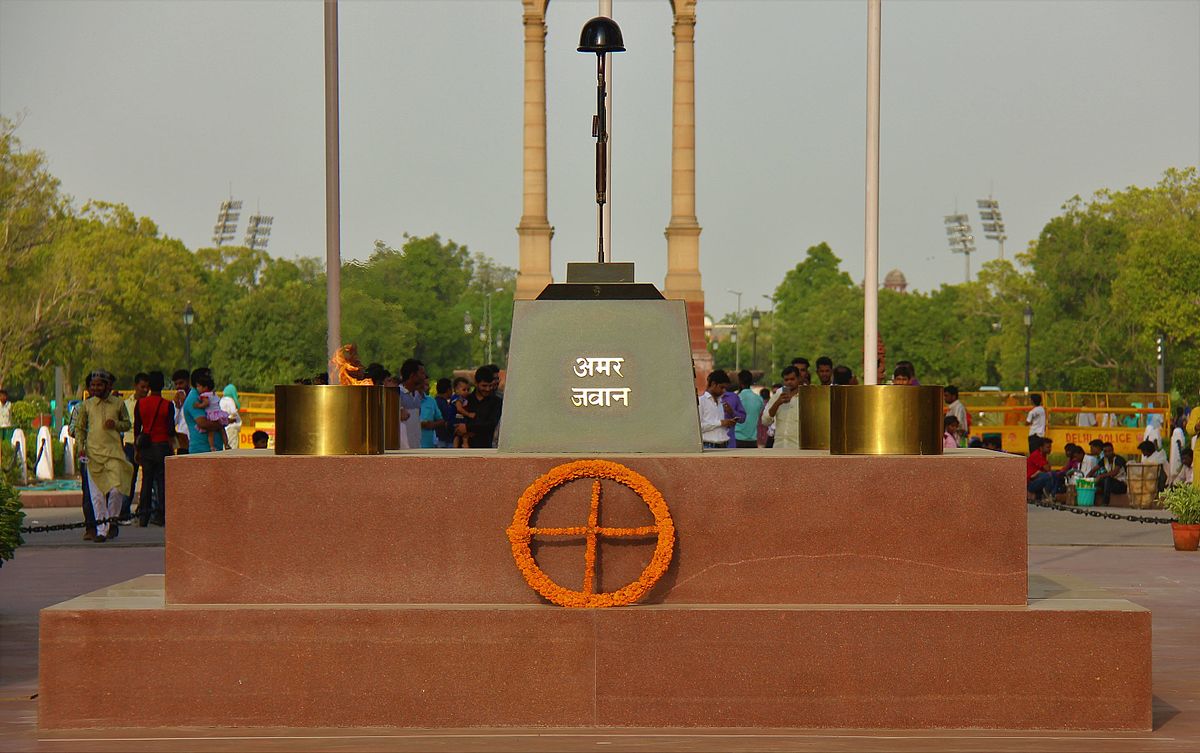
Manas Dasgupta
NEW DELHI, Jan 21: India’s iconic “The Amar Jawan Jyoti,” the eternal flame in memory of soldiers who died in wars, was put out at India Gate in Delhi on the 50th anniversary year and merged with the torch at the National War Memorial some 400 metres away in a military ceremony that included a parade, band, and salute.
The void created by extinguishing the “Amar Jawan Jyoti” will be filled in with the statue of freedom warrior Netaji Shubhash Chandra Bose under the at India Gate where once stood the statue of England’s King George V which was removed in 1968. Declaring this, the prime minister Narendra Modi said in a tweet on Friday that until Netaji’s statue was ready, a hologram of Shubhash Chandra Bose would be put up and shared the image.
The Netaji statue will be 28 feet by 6 feet and will stand at the same spot where once featured a statue of England’s King George V, he said.
The Amar Jawan Jyoti flame was taken from India Gate by a ceremonial guard to the new memorial around 400 metres away in the heart of the capital. Integrated Defence Staff chief Air Marshal Balabadhra Radha Krishna presided over the ceremony. The National War Memorial, built in 2019, will now be the single point for military ceremonies and tributes to fallen soldiers. In the past three years, most military events have been moved to the new memorial from India Gate.
The end of the Amar Jawan Jyoti at India Gate has been received with mixed feelings. Officials say one reason for the historic shift was the “difficulty in maintaining two flames”.
But critics, including opposition parties, call it an attempt to erase history and build a brand around monuments just because the National War Memorial (NWM) was built by the Modi government. “Some people cannot understand patriotism and sacrifice,” tweeted Congress leader Rahul Gandhi.
“Whatever is being done is a national tragedy and an attempt to rewrite history. Merging the Amar Jawan Jyoti with the War Memorial Torch means erasing history. BJP has built the National War Memorial, that does not mean they can extinguish the Amar Jawan Jyoti,” said Congress’s Manish Tewari.
The government said a “lot of misinformation” was circulating and that the flame at India Gate paid homage only to the martyrs of the 1971 war. “The flame of the Amar Jawan Jyoti is not being extinguished. It is being merged with the flame at the National War Memorial. It was an odd thing to see that the flame at Amar Jawan Jyoti paid homage to the martyrs of the 1971 war and other wars but none of their names are present there,” said government sources.
The India Gate was built by the British as a memorial to the soldiers of the British Indian Army who died in World War-I. The Amar Jawan Jyoti was placed under the India Gate in 1971 when the Indira Gandhi-led Congress government was in power.
The names inscribed on the India Gate are those who fought for the British in World War-I and the Anglo-Afghan War, said the government, describing it as “a symbol of our colonial past.” The names of Indian soldiers who died in wars after Independence, including the 1971 war, are engraved at the National War Memorial, said the government. “It is a true shraddhanjali (tribute) to have the flame paying tribute to martyrs there,” said sources.
There has been a deluge of posts on social media and statements from opposition parties, also a section of retired veterans, over the shift. The National War Memorial, spread over 40 acres, was built at a cost of ₹ 176 crore. “After Independence, new construction took place only for a few families from Delhi. We have brought the country out of this narrow thinking and are building new national monuments and adding glory to the existing ones,” he had said.
About the Netaji statue, Modi said, “At a time when the entire nation is marking the 125th birth anniversary of Netaji Shubhash Chandra Bose, I am glad to share that his grand statue, made of granite, will be installed at India Gate. This would be a symbol of India’s indebtedness to him,” the Prime Minister said in tweets.
“Till the grand statue of Netaji Bose is completed, a hologram statue of his would be present at the same place. I will unveil the hologram statue on 23rd January, Netaji’s birth anniversary,” he added. The government recently announced that Netaji’s birth anniversary – January 23 – would mark the start of Republic Day celebrations instead of a day later. Netaji’s birthday was also named “Parakram Divas” last year.
The announcement of a Netaji statue comes as changes to the India Gate area in the heart of the capital are already stirring up debate, controversy and questions. The Republic Day celebrations will take place on a refurbished Rajpath, the ceremonial road connecting India Gate to the British-built Rashtrapati Bhawan.
The decision to merge the two flamed had kicked off a political row, with Opposition leaders claiming that it was a disrespect to the soldiers who have laid down their lives fighting for the country.
Established in 1972, Amar Jawan Jyoti was to mark India’s victory over Pakistan in the 1971 War, which resulted in the creation of Bangladesh. The then Prime Minister Indira Gandhi had inaugurated it on Republic Day in 1972, after India defeated Pakistan in December 1971.
The key elements of the Amar Jawan Jyoti included a black marble plinth, a cenotaph, which acted as a tomb of the unknown soldier. The plinth had an inverted L1A1 self-loading rifle with a bayonet, on top of which was a soldier’s war helmet. The installation had four urns on it, with four burners. On normal days one of the four burners were kept alive, but on important days like the Republic Day, all four burners were lit. These burners were what is called the eternal flame, and it was never allowed to be extinguished.
For 50 years the eternal flame had been burning underneath India Gate, without being extinguished. But on Friday, the flame was finally put off, as it was merged with another eternal flame at the National War Memorial.
Since 1972, when it was inaugurated, it used to be kept alive with the help of cylinders of liquefied petroleum gas, or LPG. One cylinder could keep one burner alive for a day and a half.
In 2006 that was changed. Though a project that cost around Rs 6 lakh the fuel for the flames was changed from LPG to piped natural gas (PNG). The India Gate, All India War Memorial, as it was known earlier, was built by the British in 1931. It was erected as a memorial to around 90,000 Indian soldiers of the British Indian Army, who had died in several wars and campaigns till then. Names of more than 13,000 dead soldiers are mentioned on the memorial commemorating them.
The government has claimed several reasons for the merger of the two flames. Since the political controversy broke out government sources have claimed, giving a “correct perspective” that the flame will not be extinguished, but just moved to be merged with the one at the National War Memorial. Sources said the eternal flame paid homage to the soldiers killed in the 1971 War, but does not mention their name, and the India Gate is a “symbol of our colonial past.”
Defence establishment officials said once the National War Memorial came up in 2019, Indian political and military leaders and foreign dignitaries pay their tributes to the fallen soldiers at the National War Memorial, which used to happen at the Amar Jawan Jyoti earlier. With this change it was felt that two flames were not needed, even though when the National War Memorial was built officials had categorically stated that both the flames will be kept alive.
